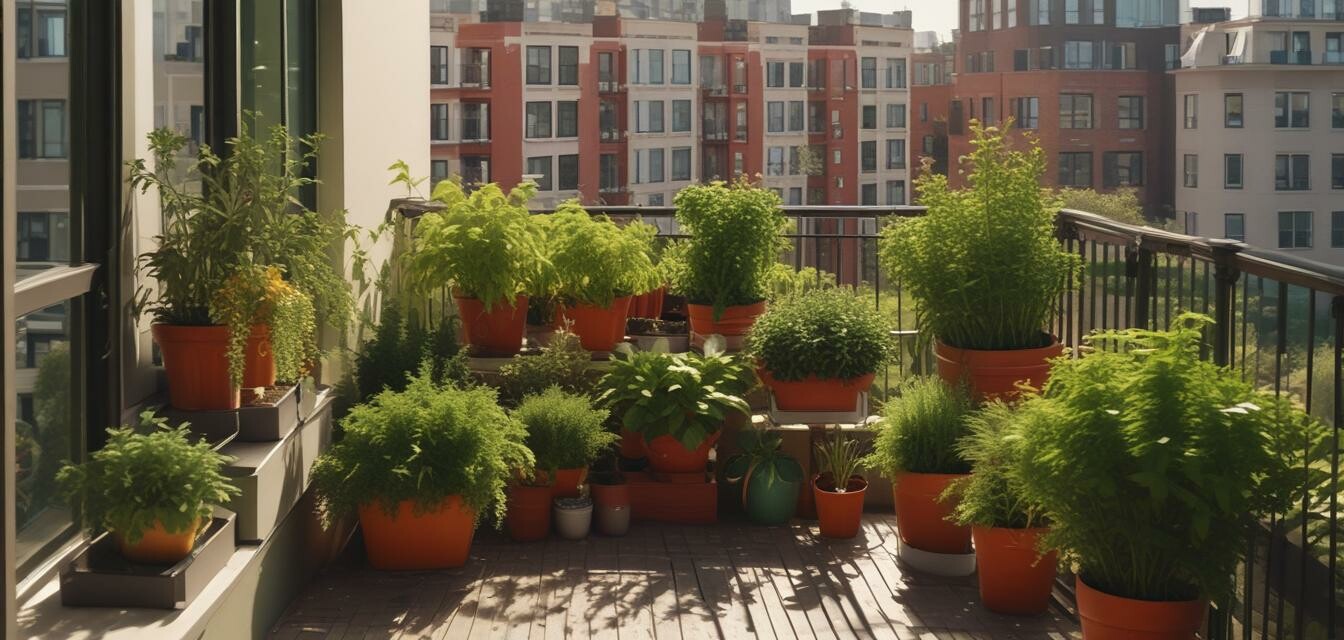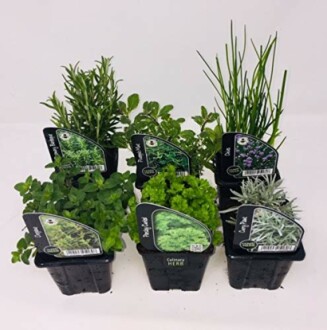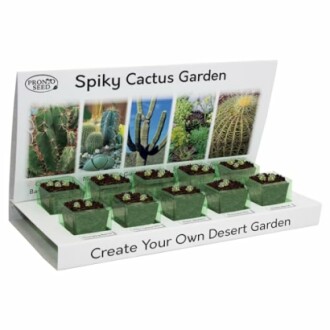
Growing Edible Plants in Containers
Key Takeaways
- Containers can be an excellent solution for urban gardening.
- Choose the right herbs and vegetables suitable for your climate.
- Ensure your containers have adequate drainage and sunlight.
- Regular watering and fertilizing will help your plants thrive.
- Edible plants can beautify your balcony while providing fresh produce.
With urban living spaces becoming increasingly compact, growing edible plants in containers is an ideal gardening solution for city dwellers. This guide provides comprehensive guidance on how to successfully select and care for a variety of edible plants that can thrive in pots on your balcony. Whether you’re looking to enhance your cooking with fresh herbs or cultivate your own vegetables, container gardening allows for flexibility and creativity space.
Why Container Gardening?
Container gardening offers numerous benefits, especially for those limited by space:
- Space-saving: Utilize small areas efficiently, making gardening possible even on a balcony.
- Easy mobility: Move containers to optimize sunlight exposure and protect from harsh weather.
- Custom soil mix: Control the soil type to suit various plants and their growing conditions.
- Less weed growth: Reduced soil surface area can lower weed intrusion compared to traditional gardens.
Choosing the Right Edible Plants
When selecting plants for your balcony garden, consider these options:
- Herbs: Basil, parsley, mint, and thyme are excellent choices that require minimal space.
- Vegetables: Opt for leafy greens like lettuce, spinach, and compact varieties of tomatoes.
- Fruits: Strawberries and dwarf varieties of peppers can thrive in containers.
Best Herbs to Grow in Containers
| Herb Name | Light Requirement | Water Needs |
|---|---|---|
| Basil | Full sun | Regular watering |
| Mint | Partial shade | Moderate watering |
| Thyme | Full sun | Infrequent watering |
Featured Product: 6 x Herb Plants
6 x Herb Plants - Including Rosemary - Coriander
These six robust plants come in 9cm pots, ready to plant and enjoy the fresh flavors of rosemary, coriander, mint, chives, lavender, and more!
Learn MoreContainer Types and Requirements
Choosing the right containers is crucial for the success of your edible garden. Here are essential tips:
- Drainage: Ensure pots have drainage holes to prevent waterlogging.
- Size: Select deeper pots for roots to develop, especially for larger vegetables.
- Material: Use lightweight materials for easy movement, such as plastic or resin.
Planting and Care Tips
Once you've selected your plants and containers, follow these planting and care tips:
- Fill pots with high-quality potting soil suitable for edible plants.
- Plant seeds or transplants according to the instructions specific to each plant.
- Water regularly, ensuring the soil remains consistently moist but not soggy.
- Fertilize every few weeks with an organic fertilizer to support growth.
Watering and Fertilizing
Consistency is key to watering and fertilizing your container plants:
- Monitoring moisture: Check the soil moisture regularly; containers can dry out faster than ground soil.
- Type of fertilizer: Organic options like compost or well-rotted manure work well for container gardens.
- Feeding schedule: During the peak growing season, feed your plants every two weeks.
Product Highlight: Pronto Seed Grow Your Own Cactus Kit
Pronto Seed Grow Your Own Cactus Kit
Transform your balcony with a mix of five impressive cacti. This beginner-friendly kit comes with easy-to-follow instructions.
More DetailsPest and Disease Management
Protect your edible plants with these pest management strategies:
- Regular checks: Inspect your plants frequently for signs of pests or diseases.
- Natural remedies: Use insecticidal soap or neem oil for pest control.
- Companion planting: Consider planting pest-repelling herbs like marigolds alongside edible plants.
Conclusion
Growing edible plants in containers is not only feasible but also rewarding. By understanding how to select the right plants, care for them adequately, and manage potential challenges, you can create a thriving garden on your balcony. Embrace the joy of gardening and enjoy fresh herbs, vegetables, and even fruits right at your fingertips!
Pros
- Maximizes limited space
- Enhances your living environment with greenery
- Provides fresh produce for cooking
Cons
- Requires regular maintenance and care
- Limited growth compared to traditional gardens

